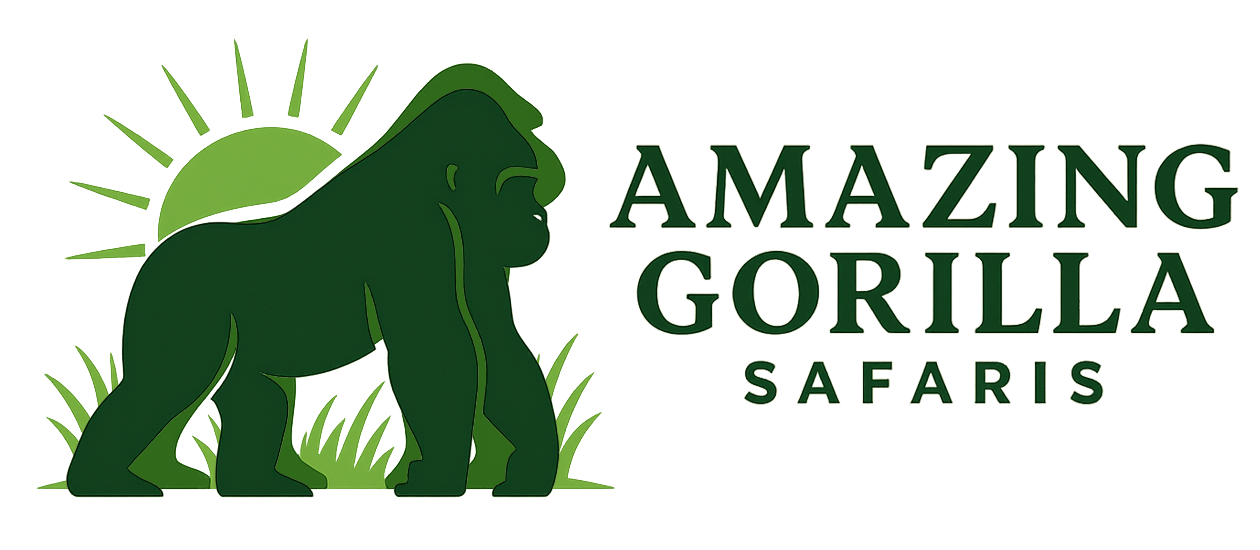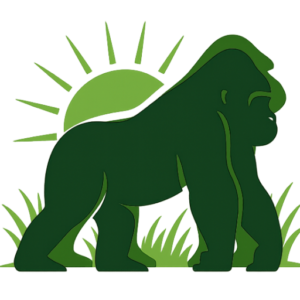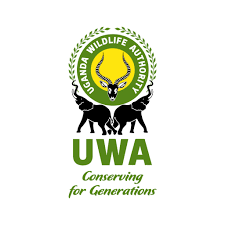Why You Should Go on a Tanzania Safari During the Calving Season
Every safari in Tanzania offers breathtaking beauty, but the calving season brings something truly extraordinary. From late January to early March, the southern Serengeti and the Ndutu Plains in the Ngorongoro Conservation Area transform into a wildlife nursery. During this time, nearly half a million wildebeest give birth to their calves, turning the savanna into a spectacle of life, vulnerability, and raw natural drama. For safari enthusiasts and first-time travelers alike, witnessing this season is one of the most unforgettable experiences in East Africa.
A Season of New Life
The calving season coincides with the short green season when the plains are lush and fertile after the rains. Thousands of wildebeest calves are born within a matter of weeks, often just minutes apart. The sight of newborns taking their first wobbly steps and quickly learning to run alongside the herds is both heartwarming and awe-inspiring. This incredible life cycle plays out against the dramatic backdrop of open grasslands and acacia-dotted landscapes, creating a scene unlike any other time of year.
Predator Action at Its Peak
Where there is new life, predators are never far away. The calving season is when lions, leopards, cheetahs, and hyenas thrive. The abundance of vulnerable calves creates a feast for predators, and safari-goers have a high chance of witnessing hunts and dramatic chases. This raw, unfiltered glimpse into the circle of life is both thrilling and emotional, reminding us of nature’s balance. For photographers, the combination of lush scenery, baby animals, and predator activity offers unparalleled opportunities for capturing iconic safari images.
Best Time for Photographers
For those who love wildlife photography, the calving season is a dream. The green backdrop of the wet season enhances the colors of the savanna, while softer light creates perfect conditions for shooting. The abundance of young animals and predator activity provides endless moments to capture. From close-up portraits of calves to wide-angle shots of sprawling herds and predators on the hunt, every day offers new stories through the lens.
Fewer Crowds, More Intimacy
Unlike the peak migration season in the northern Serengeti, which attracts large numbers of visitors, the calving season is relatively quieter. This means fewer vehicles at sightings and a more intimate safari experience. You can spend longer observing wildlife behavior without the rush of crowded game drives. For honeymooners or travelers seeking a more personal connection with nature, this season feels like a private showing of one of nature’s greatest spectacles.
The Magic of the Southern Serengeti and Ndutu Plains
The southern Serengeti and the Ndutu Plains are the heart of the calving season. These areas offer wide-open views that make spotting wildlife easier and more rewarding. Lodges and mobile camps set up in this region during the season provide front-row access to the drama, often just minutes from the herds. Staying in this part of the Serengeti during calving season ensures that you are immersed in the action from dawn to dusk.
A Tanzania safari during the calving season is more than just a trip—it is an encounter with the essence of life itself. Watching thousands of wildebeest calves take their first steps, witnessing predator-prey interactions, and experiencing the lush beauty of the southern Serengeti create a safari experience filled with emotion and wonder. For travelers who want to see Africa at its most raw, intimate, and beautiful, the calving season is a time not to be missed.





